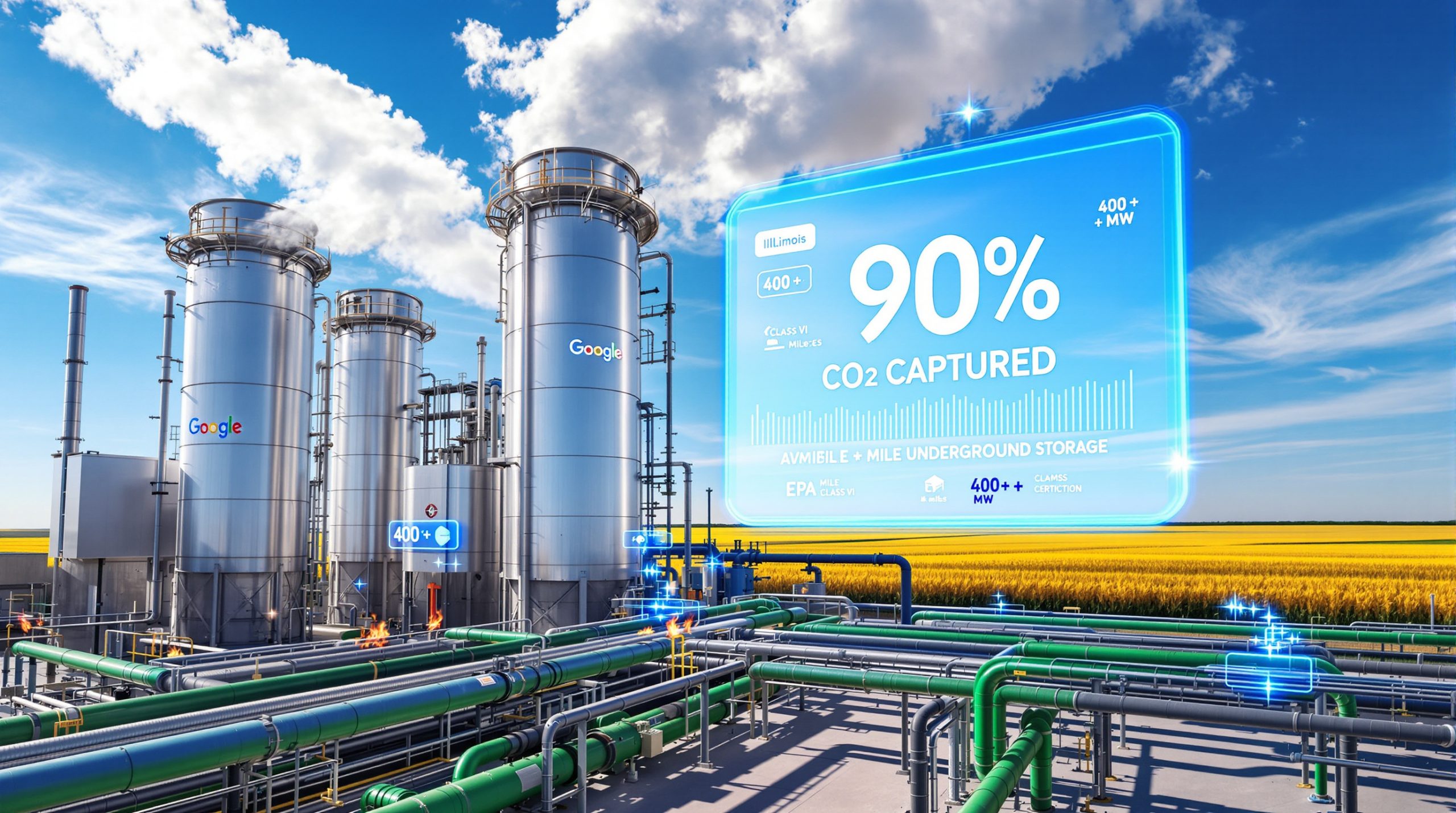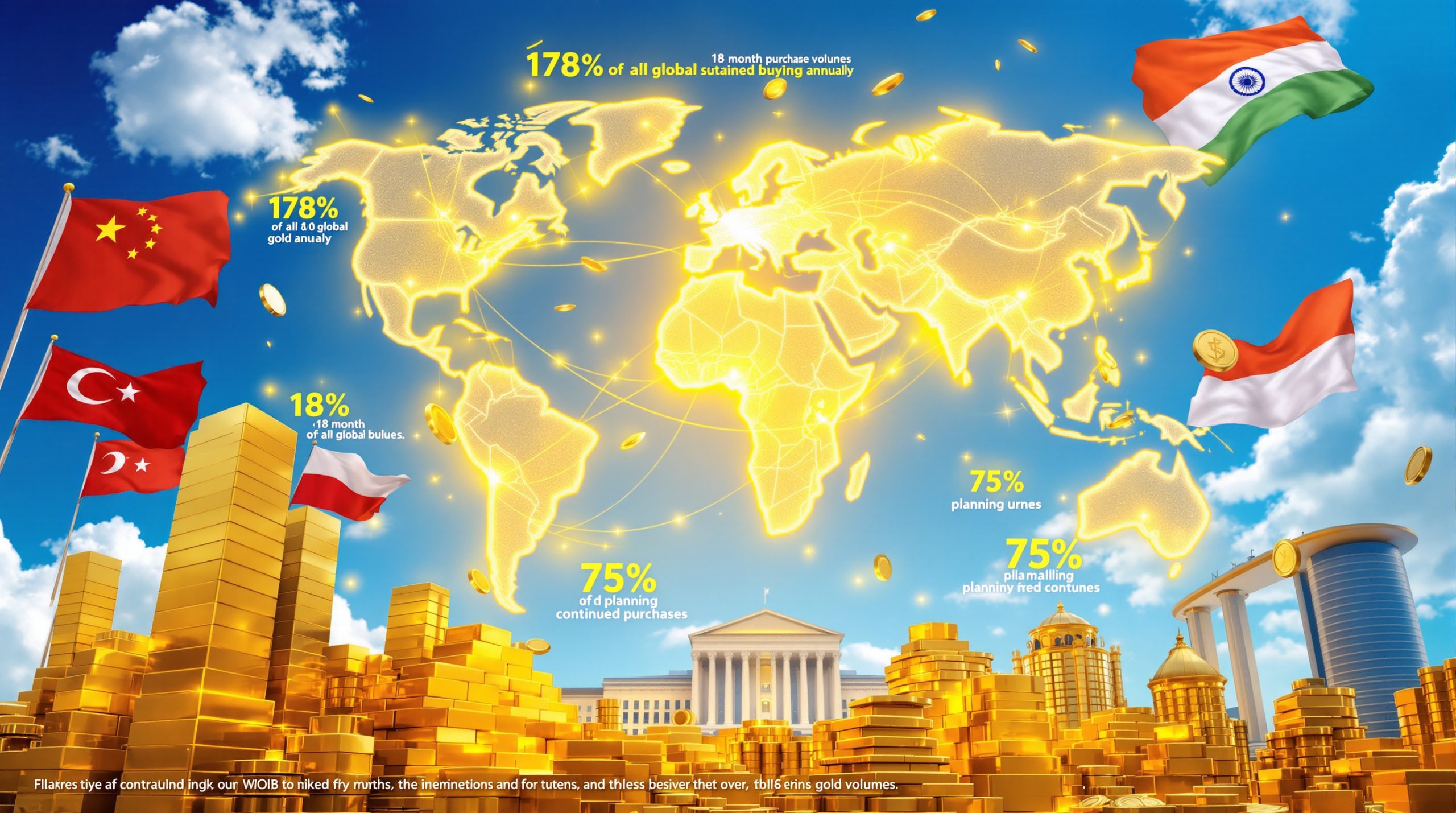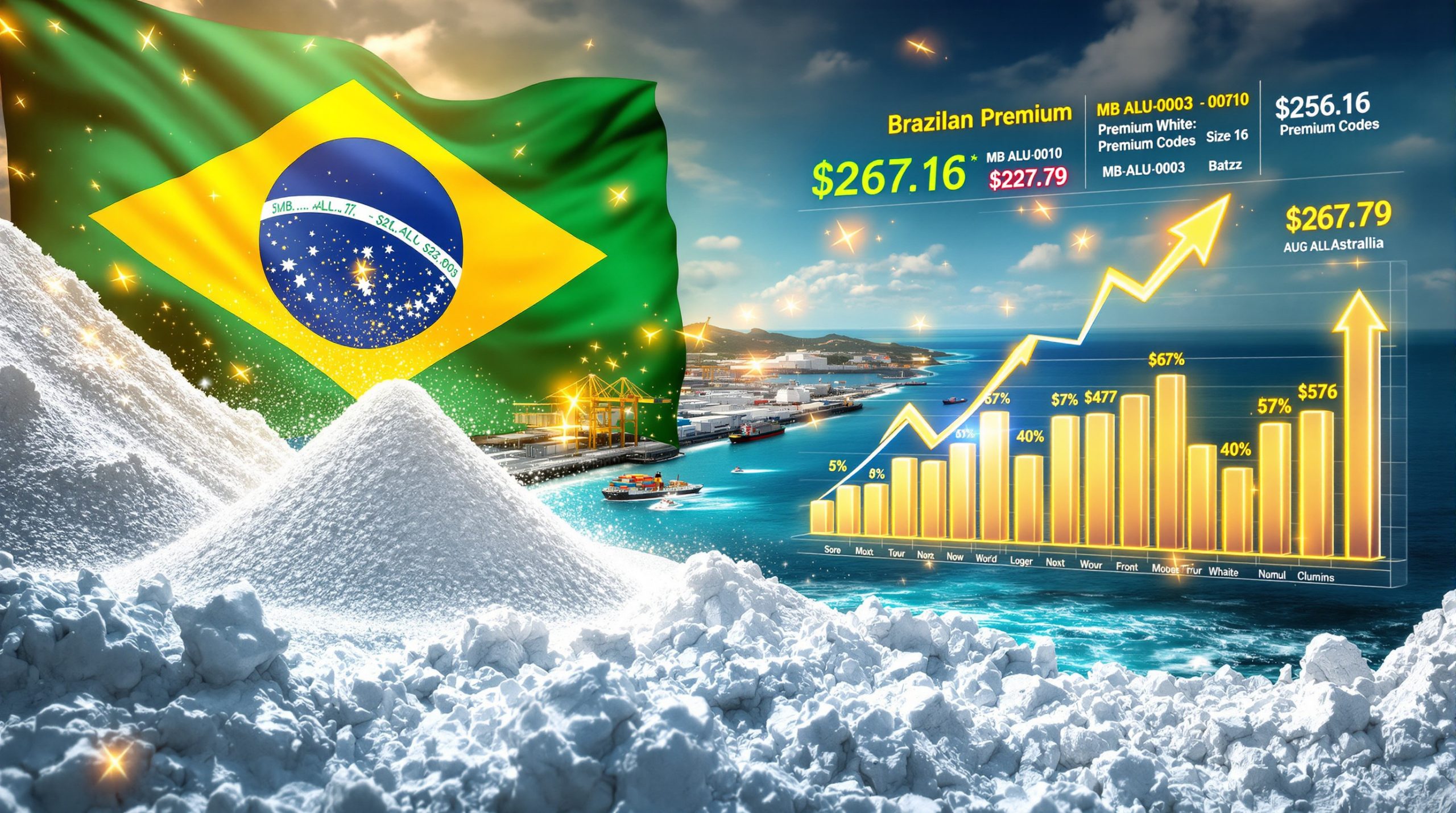Understanding Aluminum Price Dynamics: The Impact of Macro Factors
The global aluminum market responds to a complex interplay of economic, political, and industry-specific factors that drive both short-term fluctuations and long-term trends. For investors, traders, and industry professionals, understanding these macro factors and aluminum prices is essential for anticipating price movements and making informed decisions in this critical market.
How Global Economic Indicators Shape Aluminum Markets
Economic indicators serve as powerful tools for forecasting aluminum price trends, with several metrics providing valuable insights into future market movements. Manufacturing activity, particularly across aluminum-intensive sectors, offers clear signals about demand expectations.
The Purchasing Managers' Index (PMI) data from major economies consistently demonstrates strong correlation with aluminum consumption patterns. When manufacturing PMI readings exceed 50, indicating expansion, aluminum typically sees strengthened demand within 2-3 months. According to recent data, the April 2025 US manufacturing PMI reached 52.3, suggesting positive momentum for North American aluminum demand.
Construction sector metrics provide another critical indicator, as building activity accounts for approximately 25% of global aluminum consumption. Housing starts, building permits, and infrastructure spending announcements create leading signals for price movements, typically with a 3-6 month lag between announcements and material demand.
"Residential construction metrics often lead commercial aluminum demand by 4-6 months, creating a predictable pattern for metals traders to anticipate demand surges," notes a recent SMM market analysis report.
Consumer confidence readings further illuminate aluminum's demand outlook, especially in durable goods sectors. When consumer sentiment strengthens, purchases of aluminum-intensive products like appliances, electronics, and vehicles typically follow within 2-4 months.
GDP forecasts round out the economic indicator toolkit, with aluminum demand historically growing at 1.2-1.5× the rate of global GDP. The current IMF projection of 3.2% global growth in 2025 suggests aluminum demand growth between 3.8-4.8% this year.
The Critical Role of Monetary Policy
Central bank decisions create significant ripple effects throughout aluminum markets, influencing everything from production costs to investment flows:
- Interest rate adjustments directly impact inventory financing costs, with each 0.25% rate change typically affecting storage costs by $0.75-$1.25 per ton monthly.
- Currency fluctuations alter export competitiveness, with the USD/CNY exchange rate particularly influential given China's dominant market position.
- Quantitative easing programs influence investment flows into commodities, with aluminum often seeing price support during expansionary monetary policy phases.
Recent US CPI data showed the unadjusted index rose 2.3% year-over-year in April 2025—the lowest reading since February 2021—while core CPI held steady at 2.8%. This moderation in inflation has led traders to price in two Federal Reserve rate cuts for September and October 2025, potentially reducing aluminum financing costs and supporting prices.
Geopolitical Developments and Trade Policies
Trade relationships between major aluminum-producing and consuming nations significantly influence global market dynamics. Recent developments in US economy and tariffs have created notable price movements, with the SHFE aluminum contract breaking through the 20,000 yuan/mt threshold following positive negotiation progress.
Chinese authorities adjusted tariffs on US imports effective May 14, 2025, creating what market participants call a "tariff window period" that's expected to boost consumption as buyers rush to meet deadlines.
Export restrictions, sanctions, and mineral security policies further complicate the global aluminum landscape. Countries increasingly classify aluminum as a strategic material, implementing export quotas and domestic stockpiling programs that can create supply uncertainty.
Regional tensions in bauxite-producing areas can trigger supply concerns, with Guinea (producing 22% of global bauxite) and Australia (20%) representing particularly important regions for market stability.
Supply-Side Dynamics: Production Capacity and Resource Availability
Understanding Production Capacity Trends
Global aluminum smelting capacity utilization rates provide crucial signals about market tightness. Current utilization rates hovering around 85% globally indicate relatively balanced market conditions, though regional variations exist.
New smelter investments, particularly in regions with access to low-cost power sources, signal long-term supply expectations. Recent project announcements in the Middle East (adding approximately 1.2 million tons of annual capacity by 2027) and hydro-rich regions of Central Asia could shift supply dynamics in the coming years.
Production curtailments due to energy constraints or profitability concerns create shorter-term supply impacts. European smelters have been particularly vulnerable to energy price spikes, with approximately 800,000 tons of annual capacity temporarily curtailed during recent energy market disruptions.
Regional production cost disparities establish effective price floors. Current primary aluminum production costs range from approximately $1,300/ton in regions with access to low-cost hydroelectric power to over $2,200/ton in energy-intensive regions, creating natural resistance points for price movements.
Raw Material and Energy Considerations
Bauxite supply security remains fundamental to aluminum production. Recent developments in Guinea's mining sector, which accounts for over one-fifth of global bauxite production, have raised concerns about potential supply disruptions.
Energy costs represent approximately 30-40% of primary aluminum production expenses, making electricity prices a critical factor in production economics. Regions with access to hydroelectric, nuclear, or renewable energy maintain significant competitive advantages in aluminum production.
The carbon anode market, often overlooked in aluminum analysis, plays a crucial role in production economics. Recent shortages have added approximately $35-50/ton to production costs in some regions, highlighting the importance of these specialized inputs.
Alloying element availability, particularly silicon, magnesium, and copper, influences specialized product pricing. Recent magnesium supply constraints have increased some specialized alloy premiums by 15-20%.
Inventory Management and Market Balance
Current aluminum inventory levels across major trading hubs provide insight into market balance. As of May 13, 2025, combined Guangdong, Wuxi, and Gongyi aluminum ingot inventories totaled 479,400 metric tons, representing a weekly decrease of 3,700 tons. This continuing destocking trend has supported price increases, though at a slowing pace.
Importantly, regional inventory distribution patterns can reveal logistical bottlenecks and demand centers. Guangdong's inventory of 238,000 metric tons represents approximately 50% of monitored Chinese inventory, highlighting its importance as a consumption hub.
"The continued destocking of aluminum ingot inventories, albeit at a slowing pace, remains supportive of upward price momentum in the near term," according to the SMM Aluminum Morning Meeting on May 14, 2025.
The relationship between visible and invisible inventories creates additional market complexity. While transparent exchange inventories show clear trends, private stocks held by producers, traders, and consumers can mask true market conditions. Industry experts estimate that invisible inventories may represent 35-45% of total global aluminum stocks.
Demand Factors Driving Price Movements
Sector-Specific Consumption Trends
Different industrial sectors exhibit unique consumption patterns that influence aluminum demand:
-
Automotive Industry: Lightweighting initiatives continue driving demand for high-grade aluminum, with the average vehicle now containing approximately 250kg of aluminum (up from 180kg a decade ago). Electric vehicle production further accelerates this trend, using 25-30% more aluminum than conventional vehicles on average.
-
Construction Sector: Building activity creates seasonal demand patterns, with peak consumption typically occurring in Q2 and Q3 in Northern Hemisphere markets. Green building certifications increasingly specify aluminum for its recyclability and longevity.
-
Packaging Industry: The beverage can segment consumes approximately 5.8 million tons of aluminum annually worldwide, with ongoing material substitution from plastic packaging driving steady growth.
-
Electrical Sector: Grid modernization projects increase demand for high-conductivity grades, with aluminum replacing copper in many applications due to favorable weight-to-conductivity ratios and cost advantages.
-
Consumer Electronics: Production cycles for smartphones, tablets, and laptops create predictable demand patterns for specialized alloys, with new product launches typically triggering increased consumption 3-4 months prior to release dates.
Regional Demand Variations
Chinese consumption patterns dominate global demand signals, with the country accounting for approximately 60% of global aluminum consumption. Recent policy support measures have helped maintain domestic demand despite broader economic headwinds.
European green transition policies accelerate certain aluminum applications, particularly in renewable energy infrastructure and transportation electrification. The European Green Deal targets are expected to increase regional aluminum demand by 15-20% by 2030.
North American infrastructure spending directly affects construction-grade demand, with recent public works initiatives expected to consume an additional 300,000-400,000 tons annually over the next five years.
Emerging market urbanization rates drive long-term consumption growth, particularly in South and Southeast Asia. Urban dwellers consume approximately 3-4 times more aluminum per capita than rural residents through increased exposure to aluminum-intensive products and infrastructure.
Substitution Dynamics and Material Competition
Price relationships with competing materials influence substitution trends. When the aluminum-to-steel price ratio exceeds 2.8:1, substitution pressure increases in certain applications. Similarly, aluminum gains market share from copper when their price ratio falls below 3.5:1.
Technological innovations continue enabling material substitution, with advancements in alloy formulation and joining technologies opening new applications. Recent breakthroughs in aluminum-scandium alloys create opportunities in aerospace and defense applications previously dominated by titanium.
Regulatory requirements increasingly affect material selection decisions, with lifecycle carbon footprint considerations favoring aluminum in many applications. Current embodied carbon in primary aluminum averages 11.5 tons of CO₂ per ton of metal, while recycled aluminum averages just 0.5 tons of CO₂ equivalent.
Trading Patterns and Market Structure
Futures Market Activity and Price Discovery
Speculative positioning shifts create short-term price momentum in aluminum markets. Current futures market data shows SHFE aluminum broke through the 20,000 yuan/mt threshold, with the 2506 contract closing at 20,155 yuan/mt (up 0.75%) on May 13, 2025.
Meanwhile, LME aluminum closed at $2,493.5/mt, gaining 0.95% on the same date. This synchronized movement across exchanges suggests broad-based bullish sentiment.
Contango/backwardation structures provide valuable signals about market expectations. The current modest contango structure on both SHFE and LME exchanges indicates adequate near-term supply but expectations of tightening conditions in future months.
Trading volume and open interest trends reveal market participation levels. Recent volume spikes following tariff impact on markets indicate heightened trader interest and potential volatility ahead.
Technical trading patterns influence short-term price direction, with key support and resistance levels creating psychological barriers for market participants. The 20,000 yuan/mt level on SHFE aluminum represents a significant psychological threshold that may influence trader behavior.
Physical Premium Dynamics
Regional delivery premiums reflect local supply-demand balances and can diverge significantly from exchange prices. Current US Midwest premiums of approximately 18 cents/lb over LME indicate tighter physical market conditions in North America compared to Europe.
Premium volatility often indicates physical market tightness, with rapid changes signaling shifts in immediate availability. Recent stability in physical premiums suggests balanced spot market conditions despite futures price gains.
Quality premiums for specialized grades reflect niche market conditions, with particular strength in automotive and aerospace-grade materials. The current premium for 6xxx series extrusion alloys exceeds $200/ton over standard P1020 grade in European markets.
Market Participant Behavior
Producer hedging strategies significantly influence futures market pricing. Major producers typically hedge 40-60% of production 6-12 months forward, creating consistent selling pressure at higher price levels.
Consumer forward buying patterns signal demand expectations, with unusual purchasing activity often preceding price movements. Recent increased tender activity from large automotive manufacturers suggests confidence in continued production growth.
Trader positioning provides liquidity but can amplify price movements during market transitions. Current data indicates commodity trading houses have increased long positions in aluminum, potentially supporting upward price momentum.
The Critical Role of Inventories in Price Formation
Inventory Metrics and Market Signals
Total social inventory levels across major consumption hubs provide crucial market balance indications. Beyond exchange-monitored stocks, these broader measures capture material throughout the supply chain.
The rate of inventory changes often proves more significant than absolute levels in signaling price direction. The current weekly decrease of 3,700 metric tons in Chinese inventories, while smaller than previous weeks, continues supporting price increases.
Regional inventory distribution patterns reveal local market conditions. The current distribution across Guangdong (238,000 mt), Wuxi (177,000 mt), and Gongyi (64,400 mt) highlights eastern China's dominance in aluminum consumption.
"Although the pace of destocking has slowed, continued inventory reductions remain supportive of price increases in the near term," according to SMM's market analysis.
Inventory Economics and Financial Incentives
Warehouse financing deals affect metal availability in complex ways. When interest rates exceed contango yields, financing deals become less attractive, potentially releasing inventory into physical markets.
Storage cost considerations influence inventory management decisions, with typical costs ranging from $0.10-$0.18 per ton daily depending on location and facility type.
Contango market structures incentivize inventory builds by making it profitable to purchase metal now for future sale. The current modest contango in aluminum futures creates limited financial incentives for such activity.
Secondary Aluminum Markets and Recycling Dynamics
Scrap Availability and Pricing Relationships
Collection rate variations significantly affect secondary material supply, with regional differences creating arbitrage opportunities. Current collection rates range from over 90% for industrial scrap to approximately 65% for post-consumer material in developed markets.
Price spreads between primary and secondary materials indicate recycling economics. Recent aluminium scrap price assessments show the price spread between A00 aluminum and mechanical casting scrap narrowed to 1,836 yuan/mt in Shanghai, indicating strong demand for recyclable material.
Quality segregation practices impact usability for different applications. Advanced sorting technologies have increased the percentage of post-consumer scrap suitable for demanding applications from approximately 35% to over 60% in the past decade.
Secondary Alloy Market Dynamics
Secondary aluminum alloy inventories in Foshan, Ningbo, and Wuxi increased slightly to 8,030 metric tons (up 55 tons week-over-week), according to recent SMM data. This modest inventory build suggests balanced conditions in the recycled market segment.
Current ADC12 secondary aluminum alloy import prices stand at $2,420/mt, representing approximately a 300 yuan/mt loss compared to domestic material, making imports less attractive.
Supply constraints for certain scrap types continue influencing the market. According to macro fundamentals analysis, "The tight supply situation for aluminum tense scrap products is unlikely to change," supporting elevated secondary alloy prices.
Recycling Economics and Sustainability Factors
Energy cost savings from recycling versus primary production create powerful economic incentives. Recycling aluminum requires approximately 5% of the energy needed for primary production, translating to savings of 13-14 MWh per ton recycled.
Carbon footprint advantages drive sustainability-focused demand, with recycled aluminum averaging just 0.5 tons of CO₂ equivalent per ton compared to 11.5 tons for primary material.
Processing technology improvements continue affecting recovery rates. Advanced eddy current separators and optical sorting systems have increased aluminum recovery from mixed waste streams by approximately 25-30% over the past five years.
Forecasting Aluminum Price Trends
Fundamental Analysis Approaches
Supply-demand balance modeling techniques provide the foundation for aluminum price forecasting. Current models indicate a global market in slight deficit of approximately 400,000-600,000 tons in 2025, supporting price strength.
Cost curve analysis identifies price floors based on production economics. Current analysis suggests approximately 15% of global capacity becomes unprofitable below $2,100/mt, creating a potential support level.
Inventory-to-consumption ratio monitoring provides context for current stock levels. The present ratio of approximately 5.4 weeks of global consumption sits below the 10-year average of 6.8 weeks, suggesting relatively tight market conditions.
Statistical and Technical Forecasting Methods
Time series analysis of historical price patterns reveals cyclical tendencies. Aluminum typically exhibits 4-5 year major price cycles, with the current cycle beginning in late 2022.
Multiple regression models incorporating key variables demonstrate that energy prices, Chinese economic growth, and USD strength typically explain 70-75% of aluminum price movements.
Sentiment analysis of market commentary provides leading indicators of price direction. Current market sentiment leans moderately bullish, with macro factors analysis expecting "domestic aluminum prices will mainly fluctuate upward in the short term."
Current Market Trends and Outlook
Recent Price Drivers
Chinese policy support continues maintaining domestic demand despite broader economic headwinds. Recent infrastructure incentives and property sector stabilization measures have prevented significant demand erosion.
Sino-US tariff negotiation progress has improved trade outlook. According to SMM, "Positive developments in Sino-US tariff negotiations may drive up futures prices," with recent tariff adjustments creating opportunities
Want to Catch the Next Major Mineral Discovery?
Stay ahead of the market with Discovery Alert's proprietary Discovery IQ model, which instantly notifies investors of significant ASX mineral discoveries as they're announced. Explore our dedicated discoveries page to understand how major mineral finds can generate substantial returns, and begin your 30-day free trial today.




